What is apple moniliosis and how to deal with it?
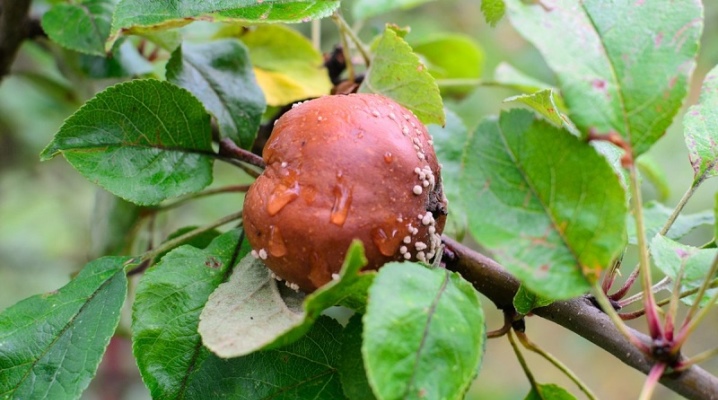
The fruits on the apple tree turned black and covered with spores, and cracks and ulcers are present on the bark during visual inspection - these are sure signs of a monilial burn. It is very important to recognize the disease in time and carry out the necessary procedures for the speedy recovery of the apple tree. Otherwise, the fruits will be spoiled, and the tree itself may die altogether.
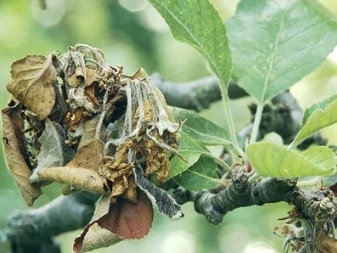
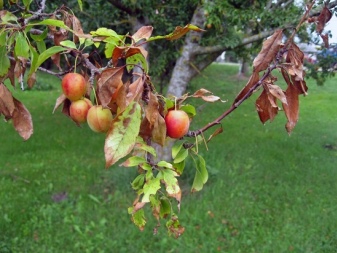
Description
Fruit rot, monilial burn, moniliosis - this disease has many names, but the essence remains the same: the fruits and the tree itself can be destroyed. To prevent this, it is important to know the primary signs of the disease. In most cases, it infects young shoots of trees such as cherries, apples, plums and pears (in rare cases). Distinctive features of the disease are rapid spread and high severity. The fact is that the disease quickly affects young fruits, taking away a significant part of the future harvest.
The causative agent of the disease is the bacterium Monilia. In winter, it remains on rotten fruits, which for some reason were not harvested or they themselves did not fall to the ground. Also, the host can be on the foliage or branches of an infected tree. In the spring, spores begin to form at the site of the pathogen. With the help of the wind, they move to other trees, but most actively affect young shoots and fruits that are on them. Also insects can carry them on their paws.
There are certain conditions under which the disease appears and progresses most actively.
- Cold and humid weather, which is most common in the spring season. Morning fog is a kind of activator.
- The air temperature is + 12-15 ° С, and the relative humidity is about 95%.
- A further increase in air temperature to + 25 ° C actively contributes to the further development of the disease.
Despite the fact that moniliosis can affect other fruit and berry trees, it is apple trees that suffer from this disease more than others. And the most vulnerable are large fruits with a loose flesh texture.
In the most advanced cases, crop losses can be up to 80% of the total.
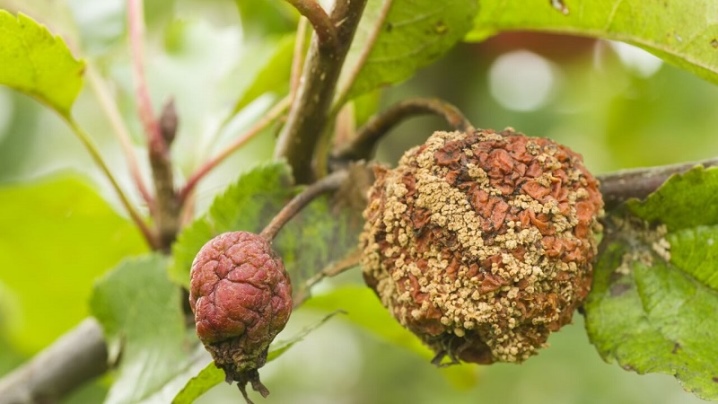
Signs of defeat
In most cases, moniliosis manifests itself at an early stage of fruit ripening. Signs of the disease on the fruit can be seen visually. They are expressed as follows.
- The appearance of specific convex pads on the surface. These are sporulation, which are arranged in regular concentric circles of black color. Such a rash appears precisely in the places where the parasitic infection penetrates.
- Next comes the next stage. The pulp acquires a spongy consistency, gradually mummifies and turns dark blue. It is noteworthy that spots appear both on ripe fruits and on still completely green apples.
- Leaves on diseased trees can also become covered with similar spots. In addition, they are characterized by late subsidence. In some cases, infected foliage can remain on the branches until midwinter.
- When trees get sick, the bark on them begins to peel off. Longitudinal cracking is another sure sign of a monilial burn.
It is noteworthy that these symptoms are often mistaken for sunburn. As a result of improper manipulation, the disease continues to progress, and the loss of fetuses reaches its maximum.
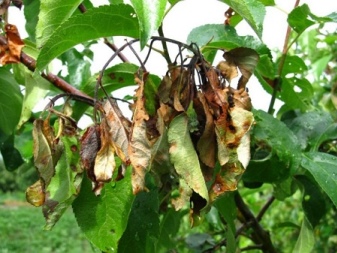
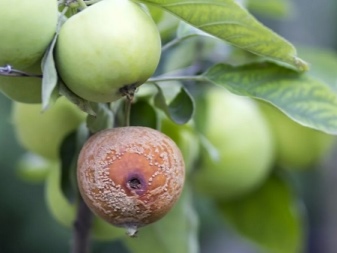
Treatment methods
If by all indicators it was possible to determine that the apple tree is sick, action should be taken immediately. There are many effective treatments. The choice is highly individual.
Chemical
"Horus" is considered to be the most effective and widespread of all chemical preparations. For the first time, it is recommended to apply the fungicide before flowering, and repeat after it. For spraying trees, one more condition is important - the temperature regime. It is better if at the time of treatment the air temperature is not lower than + 3 ° С, but also not higher than + 22 ° С.To prepare a solution of the required concentration, it is necessary to dilute 1.5 g of the drug in 5 liters of clean water. One tree should take from 2 to 4 liters of ready-made solution (the volume depends on the size of the tree).
One more preparation, Topsin M, is also suitable for spraying. It is a systemic and fast acting fungicide. A characteristic feature of the drug is its fast action. So, the active ingredient that is part of the composition begins to fight the pathogen already in the first hours after the spraying procedure. And the protective effect lasts up to 3 weeks. In order to prepare the medicine, it is necessary to combine 15 g of powder and 10 liters of water in one container.
You can also treat diseased trees with a drug called Topaz. It takes effect within the first 3 days from the moment of spraying. It is quite simple to prepare a solution: 3 ml of the substance must be dissolved in 10 liters of water and mixed thoroughly. It can be treated both in spring and summer. Even hot July is suitable, only you need to choose a cool day for spraying - otherwise the drug will simply evaporate under the influence of sunlight, and the effect of its use will not be so noticeable.
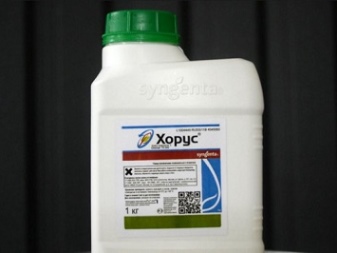
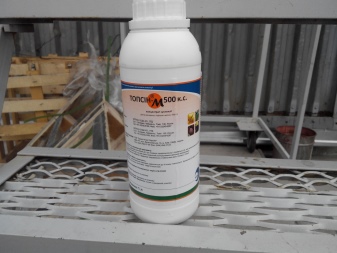
Biological
Biological preparations are no less effective. "Hom" or copper oxychloride - an ideal remedy for combating the causative agent of the disease. It is necessary to stir 40 g of powder in 10 liters of water. Treatment should be carried out by spraying from a special spray bottle, but for this it is better to choose calm weather. It should be borne in mind that one tree takes from 2 to 5 liters of solution.
Another biological compound called "Zircon" is well suited for treating trees during bud break. To consolidate the effect, it is better to repeat the procedure at the time of flowering, as well as at the stage of formation of young fruits. Only 1 ml of the drug should be diluted in 10 liters of pure water. It may require re-treatment next year.

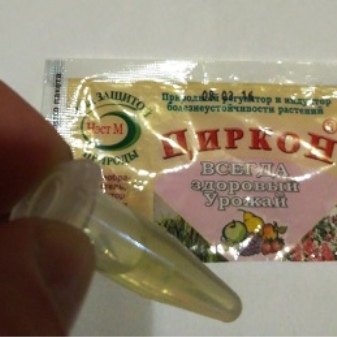
Folk
Not only biological and chemical compounds work well against the disease. Folk remedies are no less effective. The following are the easiest to prepare.
- When the fruit grows with an example of a pea, you can carry out the treatment using a solution of ordinary iodine. The recipe is elementary: only 40 drops of iodine are required for 10 liters of water. Treatment with such a solution helps to prevent the growth of rot.
- In early spring, branches of apple trees can also be treated with a urea solution. So, 600 g of crystals must be diluted in 10 liters of water. Such a composition will not only cleanse of spores, but also serve as additional feeding.
Experts recommend not dwelling on any one remedy. It is best to alternate each of them, as any will be beneficial. Additionally, you can treat infected trees with Bordeaux mixture.
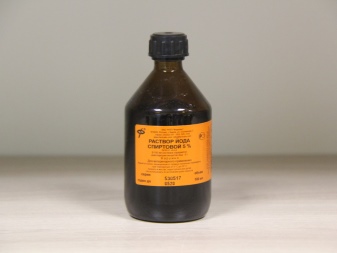
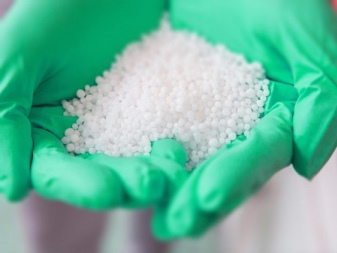
Preventive measures
Despite the effectiveness of all methods of treatment, it is better not to allow the development of the disease at all. To do this, you should follow simple preventive measures. They are as follows.
- Planting trees is best done in an elevated area that is sufficiently well ventilated.
- When the seedlings grow, it is imperative to form a crown. Sick and dry branches will need to be removed.This should be done 2 times a season: the first immediately after flowering, and the second - 1.5-2 months after the first procedure. For the second time, remove those branches that have died out already in the summer after flowering. To prevent further growth of spores, it is better to grab 10-12 cm of healthy wood together with infected branches.
- In the autumn period, the root soil must be dug up, simultaneously getting rid of the existing weeds.
- Carrying out any procedures, you need to try not to injure trees. And if it was not possible to do without damage, then they must be carefully processed.
- Fallen fruits should in no case be left under the tree trunk and in the near-trunk circle, since they are the spread of infection. They must be collected and disposed of regularly.
To increase the resistance of apple trees to this disease, it is necessary to introduce balanced feeding in a timely manner. Foliar treatments are beneficial for trees both during and after flowering. In the fall, it is very important to remove dead bark from the trunk and whitewash the trunks.
In addition, as additional preventive measures, you can carry out the treatment with any formulations that have been indicated above.
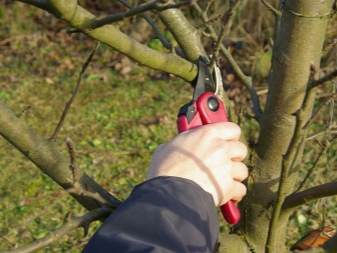
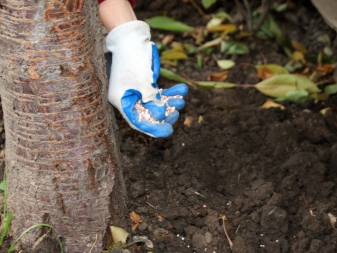
Resistant varieties
Unfortunately, there are no varieties of apple trees that could not be affected by this disease. But there are the most stable ones. These include:
- Idared;
- Calvil;
- Mutsu;
- Batulen;
- Parmen winter gold;
- Freiberg;
- Welsey and some others.
But this does not mean at all that these trees are not subject to monilial burn. It's just that the disease affects them less often. But such varieties of apple trees as Antonovka, Renet, Aport, the disease affects more often than others. The most important thing in the fight against this disease is not to waste time. It is very important to notice the onset of the disease in time, remove the infected branches and fruits, and then spray with medicinal compounds.
If at least one tree is sick in the garden, it is necessary to process not only it, but also all other plantings in a timely manner, since the wind and insects may have already managed to endure the spores. Otherwise, in the early stages, you can lose part of the crop. The losses will only increase every year. And if the disease is left unattended, then in a few years the garden may completely die. Then all the trees will have to be cut down. And the state of the next young plantings will need to be carefully monitored and treated with medicinal compositions in advance.
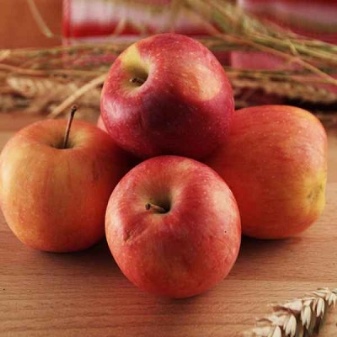














The comment was sent successfully.